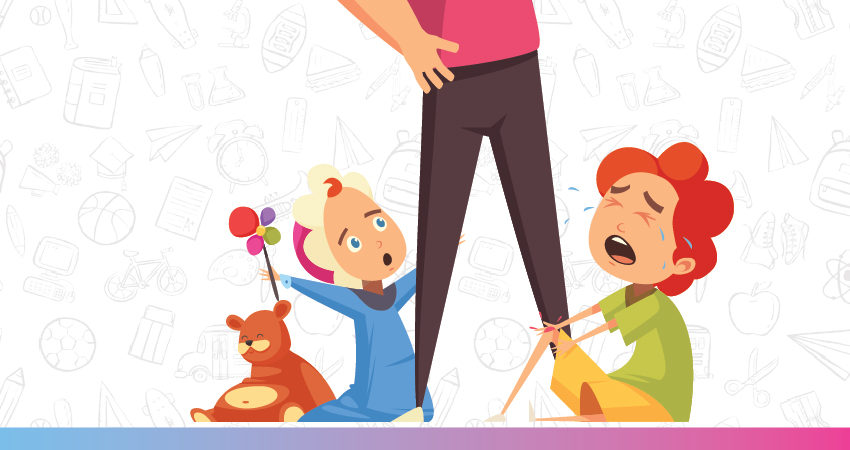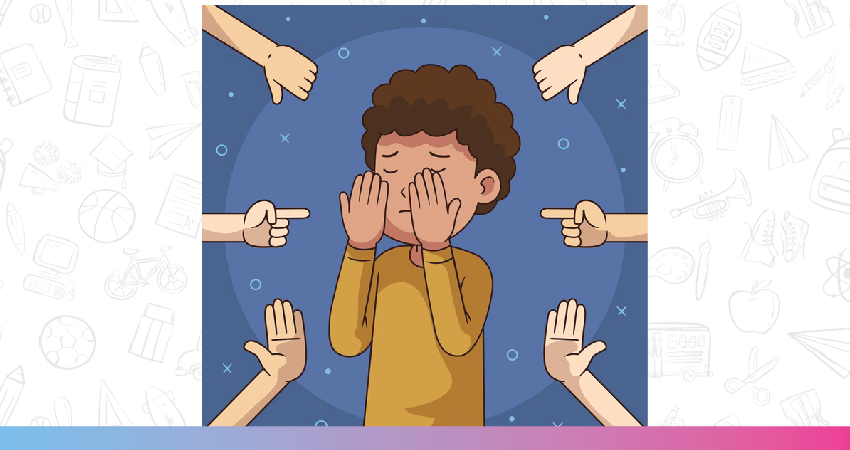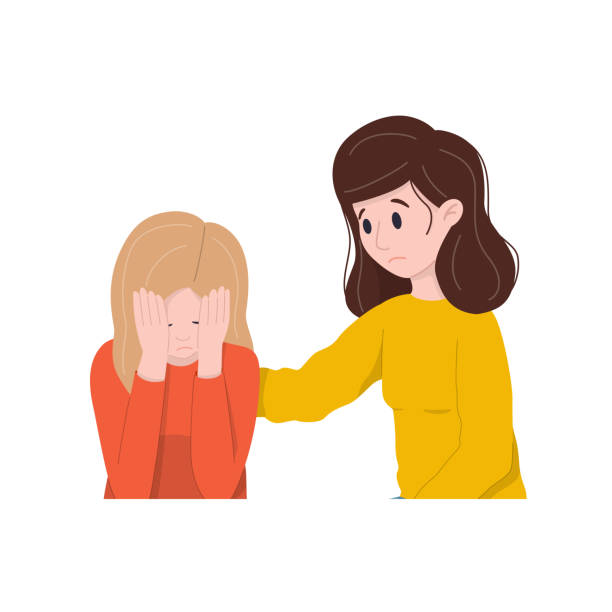Introduction
It is paradoxical when children, who are synonymous with everything jubilant, appear sad or anxious. But it is the harsh reality. No one is safe from psychological setbacks, not even the children. The advent of technology solves many things. It brings people closer than ever before, but ironically, it is also one of the reasons that we are far apart from each other. Growing up in this era, it is no wonder children face the risk of suffering mental problems, anxiety one among the most common. But first, we have to understand the problem with the child. Some of the ways to spot social anxiety problems in children are:
- Eating pattern changes
- circadian rhythm disrupted
- The enthusiasm and the seemingly infinite energy disappears
- Concentration wanes
- Unwilling to play with other children or do any activities that used to be their favorite
- Feeling depression
- Irritable, snappy, and curt
- In extreme cases, self-destructive

Is your child showing any of the symptoms above? Then it is time to take him/her to a doctor and get to the root of the problem. While doctors will undoubtedly alleviate the child of symptoms, it is also important as a parent to know more about social anxiety problems in children.
Types of Anxiety in Children
Firstly, let’s see what the typical types of anxiety are.
1) Separation anxiety: The most common type of anxiety in children. It is sort of like how homesickness works. When you leave your house for work or studies, the first few days in a foreign place make you jittery, and you have a sick rumble in your stomach? Children feel the same when their parents leave them.
2) School: It may be categorized under separation anxiety, but the difference here is, the school brings other things to the table. Like homework or bullies.
3) Physical shortcomings: Some children have a weak heart or nervous system. This makes them anxious to be about other healthier children.
4) Social/General Anxiety (Social phobia): This is when a child is reluctant to mingle with other kids or teachers, or people in general. The mere thought of being in a social event clams a child up. Fear of the crowd affects a child on so many levels. This will have an irreversible impact on education or prevent them from participating in any sports or debates are all these activities involve interacting with groups.
There are some unique symptoms associated with social anxiety:
i. Trembling
ii. Crying or freezing up
iii. Tantrums so that the parent won’t leave the child alone
iv. Difficulty in speaking
v. Shaky voice and nausea
Tips to Solve Social Anxiety Problems in Kids
But not all is so gloomy. Everything has a solution. And social anxiety does, too. Need more good news? Parents themselves can do it in their own homes.

1) Talking: When it comes to any form of therapy, talking is the first course of action to help remedy the ailment. It is how it works for adults, and it is true for children as well. Professional therapists can do wonders, too. But children will be more comfortable and forthcoming with their parents in sharing their problems. And not every session has to be about ‘problem-solving’ or ‘solution-providing.’ In fact, the main idea of making your child talk is for you to listen to them. Sometimes, that is all that is needed—them needing to talk.
2) Breathing Techniques: Meditation helps even the most stressed/miserable of stockbrokers or accounts. It sure works wonders for children. Parents can show their kids the soothing effect oxygen has on the brain. Teach them to take several deep breaths when they feel anxiety creeping up from their stomachs and constricting their throats. It is easy on paper but somewhat challenging to implement because children can’t remember what to do when facing incredible odds.
So the best way to make this happen is to take the child to events or places where you know that the child will get anxious. When they do, hold their hand and tell them to do the breathing practice. Walk them through the process all over again if need be. With this practice of making the child face their fears and then helping them do this relaxation technique, social anxiety problems can be curbed in no time.
3) Anatomy: If your kid is mature enough, then explaining the harmful effects anxiety has on the body and mind is in order. Show them videos or buy them books about anxiety. When they know how detrimental it is to their lives, they will try to cure it themselves.

4) Friends: Curfew works best with children who are overly social and can not get enough of the outside world. But it is anti-productive for kids with social anxiety. Either give them late curfews or no curfew at all. Or they can bring their friends home and play videogames or watch movies to their hearts’ content. Remember that being stringent is no way to help any child with social anxiety. Flexibility is the keyword when it comes to social anxiety problems.
5) Professional help: It is highly unlikely that the methods described above won’t work. But if they don’t, professional counseling is the ultimate step. This is in no way a substitute but the last resort.
Conclusion
Finally, social anxiety problems are common with kids these days. Love, understanding, and empathy will go a long way in helping the child recover. In most scenarios, parents themselves can cure a socially anxious child. Not only will this help the child in becoming more social, but it also thickens the bond between the parent and a child. So be cheerful and more confident because children copy us.



Speak Your Mind
Save my name, email and website in this browser for next time I comment